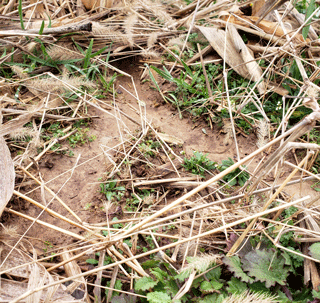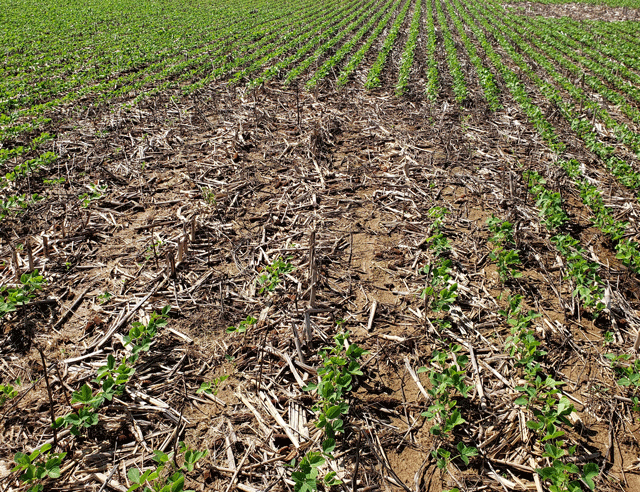Vole
Voles
Vole Information:
Click on the following links to learn more:
Voles are small rodents found in the family Cricetidae. Voles are most commonly known for burrowing systems they create. In Kentucky, there are four different species of voles: The Meadow vole (Microtus pennsylvanicus), Prairie vole (Microtus ochrogaster), Woodland vole (Microtus pinetorum), and the Southern Red-Backed vole (Myodes gapperi). Though each species is, they share common characteristics. All voles have a thick cylindrical shaped body and unlike mice, they have miniature ears often hidden underneath their dense fur. Voles have a naturally shorter tail that is significantly less than the total length of the body, whereas mice generally have a tail that is as long as or longer than their body.
Lifecycle and Behavior:
Voles are a semi-fossorial species meaning they occupy both above and below ground habitat. With the exception of the southern red-backed vole, they establish a network of underground tunnels and burrows along with a systematic scheme of runways on the surface to go about their daily activities. Burrows systems will be used for nests, food storage, and protection. Runways are paths and trails made by the voles to different burrow entrances or to food sources. The Prairie vole have burrow chambers that can be anywhere from 5-45 cm deep. Meadow voles will establish nests 10cm underground or under dense surface vegetation. Voles will typically be active day and night foraging for food.
exception of the southern red-backed vole, they establish a network of underground tunnels and burrows along with a systematic scheme of runways on the surface to go about their daily activities. Burrows systems will be used for nests, food storage, and protection. Runways are paths and trails made by the voles to different burrow entrances or to food sources. The Prairie vole have burrow chambers that can be anywhere from 5-45 cm deep. Meadow voles will establish nests 10cm underground or under dense surface vegetation. Voles will typically be active day and night foraging for food.
Depending on the species of vole, gestation can last up to 21 days. Females voles can mature in 35-40 days depending on the quality of the food and habitat. For each species of voles, the number of liters per year and the amount of young birthed are slightly different. The Meadow vole can have anywhere from 5-10 liters each year, ranging from 3-5 pups per liter. The Woodland vole can have 1-6 liters per year with 2-4 pups per liter. The Prairie vole can have anywhere from 3-10 liters with 2-4 pups per liter. However, the highest recorded amount liters per year was in captivity with 17 liters by the Prairie vole.
Habitat and Food:
The most common voles found in agricultural settings are the Meadow and Prairie vole. These two species will reside in pastures, orchards, roadsides, alfalfa fields, or habitats that contains a thick, dense vegetation. However, out of the two, Prairie voles prefer a dryer habitat while the Meadow vole will prefer a slightly moister habitat. There has been a spike in vole populations in agricultural fields due to the high quality of habitat it provides voles. Both cover crops and actual row crops provide a thick lush protective cover from predator species while supplying a continuous food source giving voles the chance to thrive.
Voles are forage feeders that have a wide variety of diet. Unlike some small mammals, voles are active feeders year-round and have been known to store food in their burrows for winter. A vole’s diet consists of grasses, forbs, legumes, seeds, tuber roots, bulbs, insects, and bark. Due to the nature of the vole’s diet, they can be immensely destructive on agricultural plants such as corn or soybeans.

